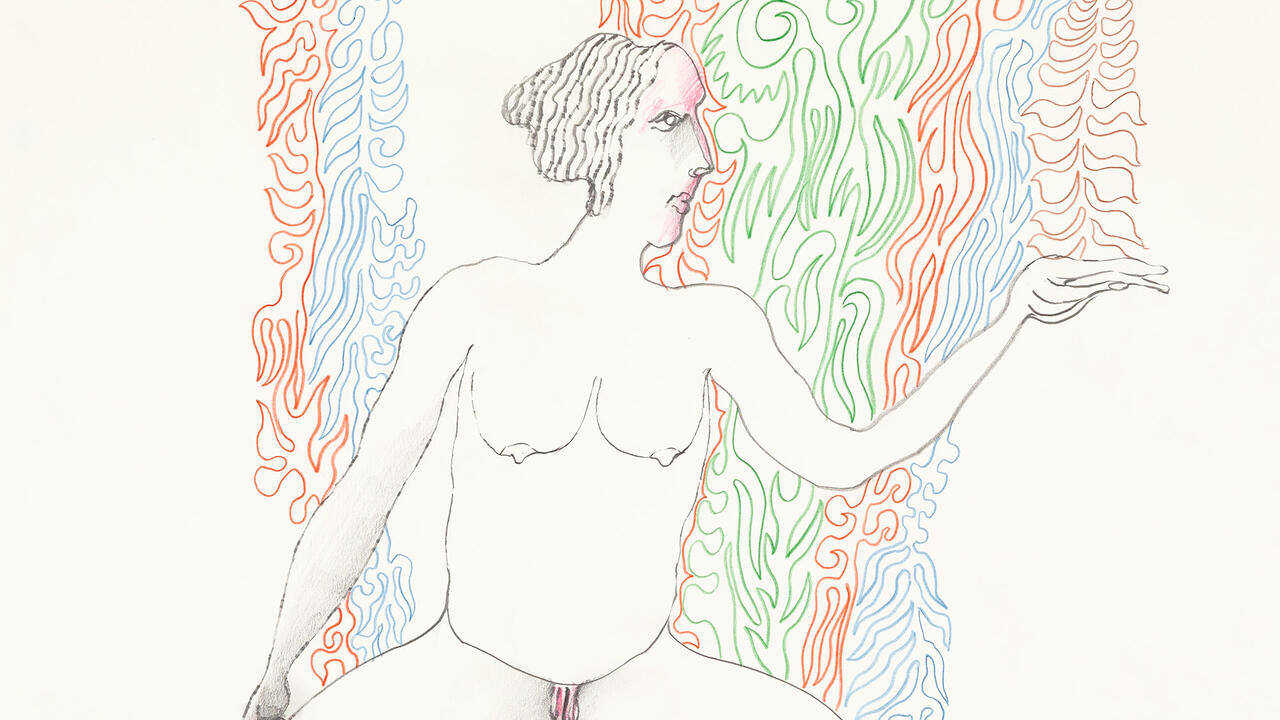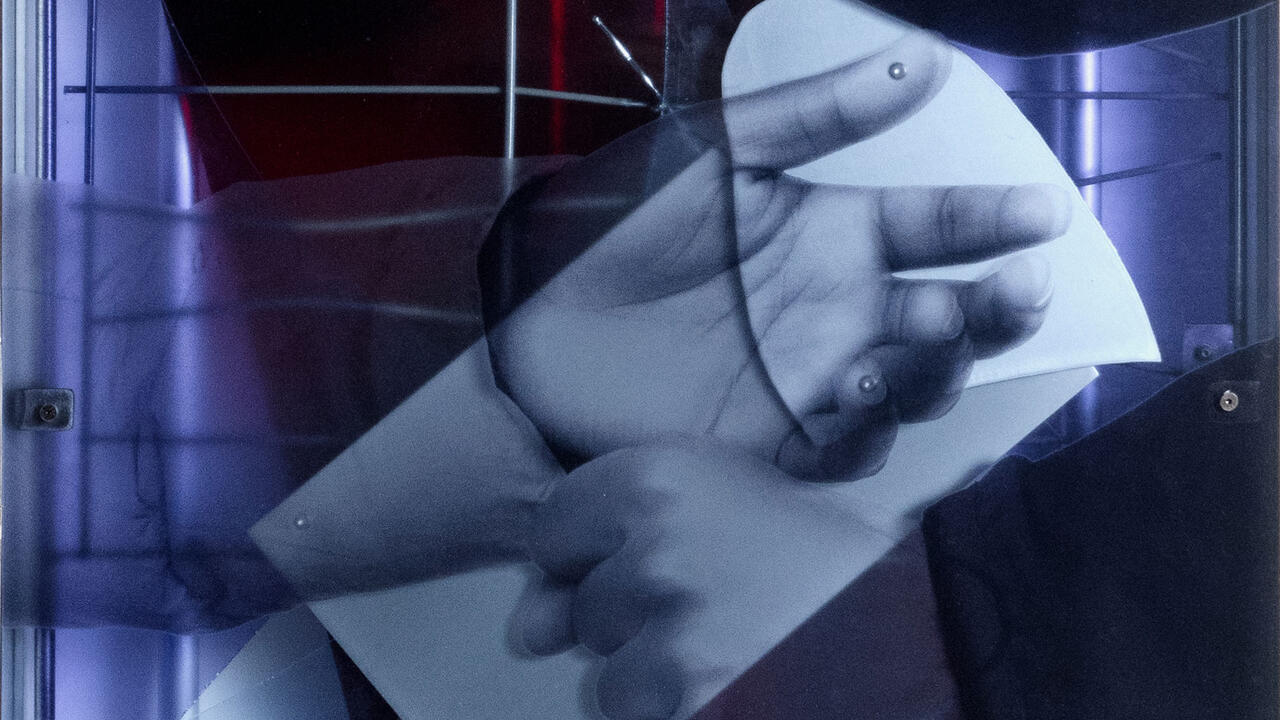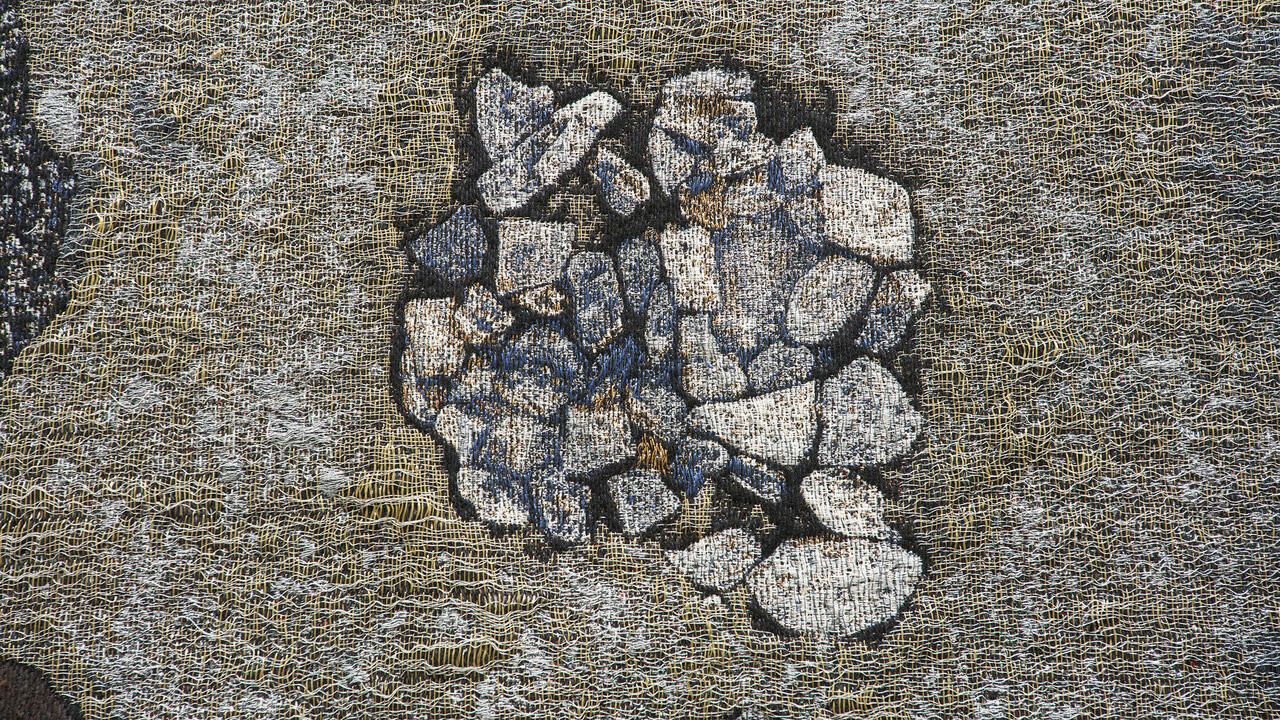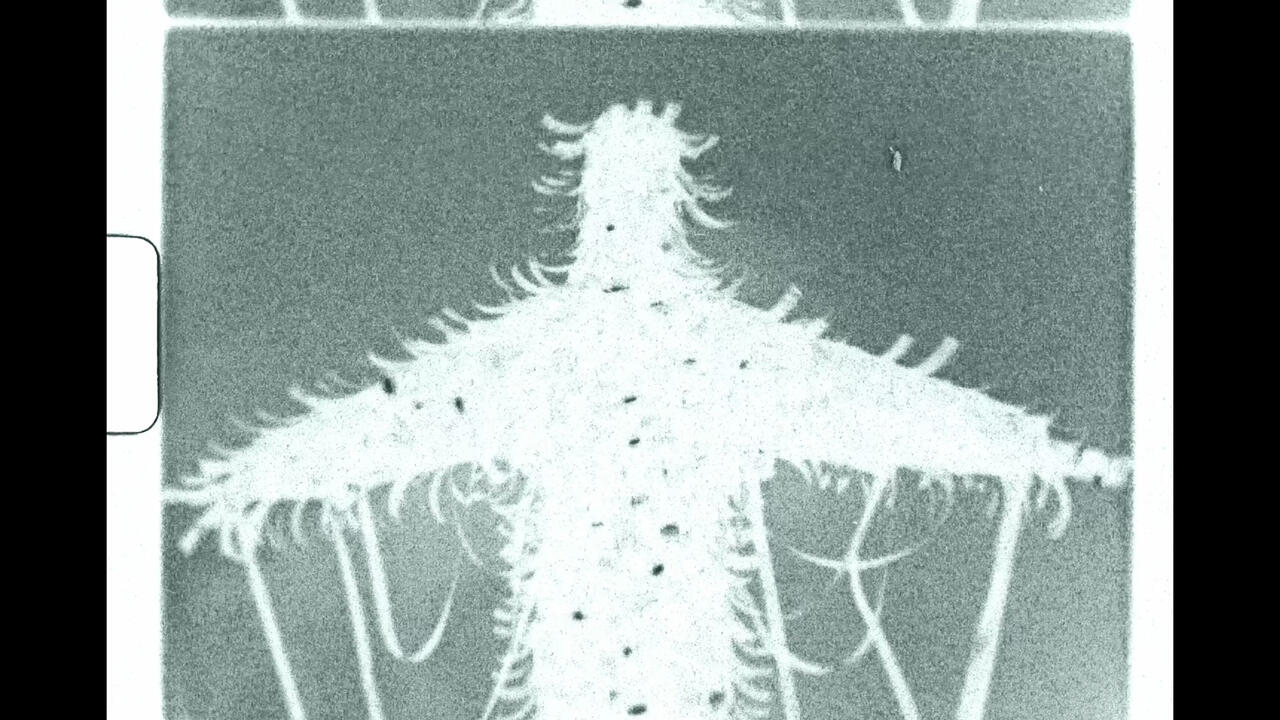Can a 1960s Social Experiment Help Reimagine the Museum?
Inspired by artist and activist Palle Nielsen, over 30 artists and collectives unite for ‘A Model’ at MUDAM, Luxembourg, to challenge the role of institutions in contemporary society
Inspired by artist and activist Palle Nielsen, over 30 artists and collectives unite for ‘A Model’ at MUDAM, Luxembourg, to challenge the role of institutions in contemporary society

In 1968, Danish artist and activist Palle Nielsen turned Stockholm’s Moderna Museet into a space solely for children to play in. They could swing on tyres, clamber over wooden frames, participate in arts and crafts or join in with music sessions. Nielsen’s aim for his project, titled ‘The Model – A Model for a Qualitative Society’, was to explore how children’s creative play might inspire a more harmonious society, based on communication rather than competition.
Inspired by Nielsen’s experiment, MUDAM’s three-part exhibition, ‘A Model’, unites more than 30 artists and collectives in a similar pursuit: to challenge and reimagine the museum’s role in contemporary society. Whilst Nielsen’s optimistic project was very much a product of its time, MUDAM’s current director, Bettina Steinbrügge, has a comparable ambition for this programme – albeit through subtler means. Speaking to journalists before the opening, she stated that the exhibition aims to encourage visitors to actively participate in the art on display and to inspire audiences to carry a renewed sense of community back out into the world with them.

Despite featuring a section dedicated to Nielsen’s project – including several copies of the original exhibition poster, some documents in a glass vitrine and footage of children playing – ‘A Model’ leaves visitors to draw their own conclusions as to the show’s political ambitions. Bookending the exhibition are two installations – Rayyane Tabet’s ‘A Model: Prelude’ (2023), on view since September, and Jason Dodge’s ‘A Model: Epilogue’ (2024), opening in May – which present the artists’ own forms of institutional critique.
Located in the museum pavilion, Tabet’s site-specific installation, Trilogy (2023), comprises white-painted wooden structure, at the centre of which the artist has placed some of the standout items from MUDAM’s collection: Sanatorium Paimio (Bedroom Furniture, 1930–33) by designer Alvar Aalto. Tabet has coated the glass panels of the pavilion’s domed roof with a coloured film, which casts the entire room in a bright, Yves Klein blue light. The colour references the 1967 Six Day War in Beirut, the Lebanese artist’s hometown, in which people painted their apartment windows and their car headlights blue to circumvent curfew guidelines and reduce light pollution. By taking MUDAM’s Aalto furniture collection – originally designed to serve a practical purpose in his celebrated Paimio Sanatorium, but subsequently recast as non-functional historical objects for museum display – and reconfiguring it as part of a new artwork, a model of modern design, Tabet speaks to the process of recontextualization and creates an opportunity for the viewer to consider how art is presented in institutions.

Trilogy also serves as the setting for Tabet’s site-specific performance, Window Treatments (2023). Taking visitors on a guided tour of MUDAM, which was designed by I.M. Pei and opened in 2006, the artist shared a series of poetic, personal reflections on the relationship between his work, the collection and the museum building – the footprint of which follows the partially visible foundations of the early 18th century Fort Thüngen, which originally stood on this site, linking MUDAM to Luxembourg’s peculiar geopolitical situation. The tiny state, which once needed significant military fortifications, is now a fantastically wealthy hub of European government, luxury goods and finance. Tabet’s inclusion of Sanatorium Paimio is an allegorical extension of this use-to-display reality.
Occupying most of the East Gallery, Nina Beier and Bob Kil’s Field Trip (2023) comprises 12,500 potted plants placed on the floor in rows. The piece seems to suggest that contemporary art is, increasingly, a standardized product like any other, designed to accumulate value while often gathering dust unseen in storage, for which the flowers’ eventual decay is an inexact analogy. In the nearby West Gallery, Krista Belle Stewart’s multi-part installation Truth to Material (2019–ongoing) reflects on the stereotypical fantasies projected onto Indigenous Americans as a way of explaining a central difficulty in museum practice: how to ensure, by means of sensitive and considered exhibition display, that an audience perceives a group or a people through its artwork in the same way as that group or people sees itself. In considering how objects are presented and understood within an institutional setting, Field Trip and Truth to Material both prompt us to reflect further upon these concerns.
‘A Model’ prompt us to reflect at length on how we perceive art, particularly within an institutional context
On the ground floor of the West Gallery, Isaac Julien’s gorgeous video Once Again ... (Statues Never Die) (2022) reimagines the conversations between art collector Albert C. Barnes and Harlem Renaissance originator Alain Locke about including African art in the Western modernist canon. The work’s multiple storylines – Barnes and Locke in conversation, Locke’s love affair with the sculptor Richmond Barthé, a young curator perusing the archives, and a performance by singer Alice Smith – are echoed in its spatial organization. Across a pentagon-shaped arrangement of screens, we witness the characters experiencing the same thing from different angles denying us the ability to see the whole film from a single, unified perspective. The screens are surrounded by historical African sculptures from the Luxembourg Museum of Archaeology, History and Art, though no context is given as to how they were acquired. Whereas Stewart’s work makes us question the assumptions behind our own perceptions in the moment of looking, Julien’s goes deep into the historical processes by which our perceptual habits were formed. Indeed, in Once Again... (Statues Never Die) we find ourselves examining our modes of seeing at the same time as Barnes and Locke discuss this very process on screen, describing the relationship between the alleged unity of Western canons and the fragments of African art left after colonial looting and the mutilation of cultural memory.

Though I have chosen to focus on a small selection of works, many of the artists in ‘A Model’ prompt us to reflect at length on how we perceive art, particularly within an institutional context. It’s a critical stance that doesn’t neatly align with Nielsen’s brand of utopianism. Yet, short of taking full democratic control of cultural institutions, the public can’t do anything about the many works of art held perennially in storage. And, while they can strive to adopt new approaches to how they view artworks as individuals, they certainly can’t implement these strategies beyond the confines of the museum. The exhibition’s final chapter, ‘Tomorrow, I Walked to a Dark Black Star’ (2024) – Dodge’s installation of found objects from Luxembourg – will no doubt draw further attention to the unique qualities of the Grand Duchy. Ultimately, however, while ‘A Model’ doesn’t equip us to remodel society, by introducing us to these problems as individuals, it raises our awareness of the limits of existing museum practices.
‘A Model’ is on view at MUDAM, Luxembourg, until 8 September
Main image: Rayyane Tabet, Trilogy, 2023, exhibition view. Courtesy: the artist and MUDAM, Luxembourg; photograph: © Photo: Studio Rémi Villaggi






















